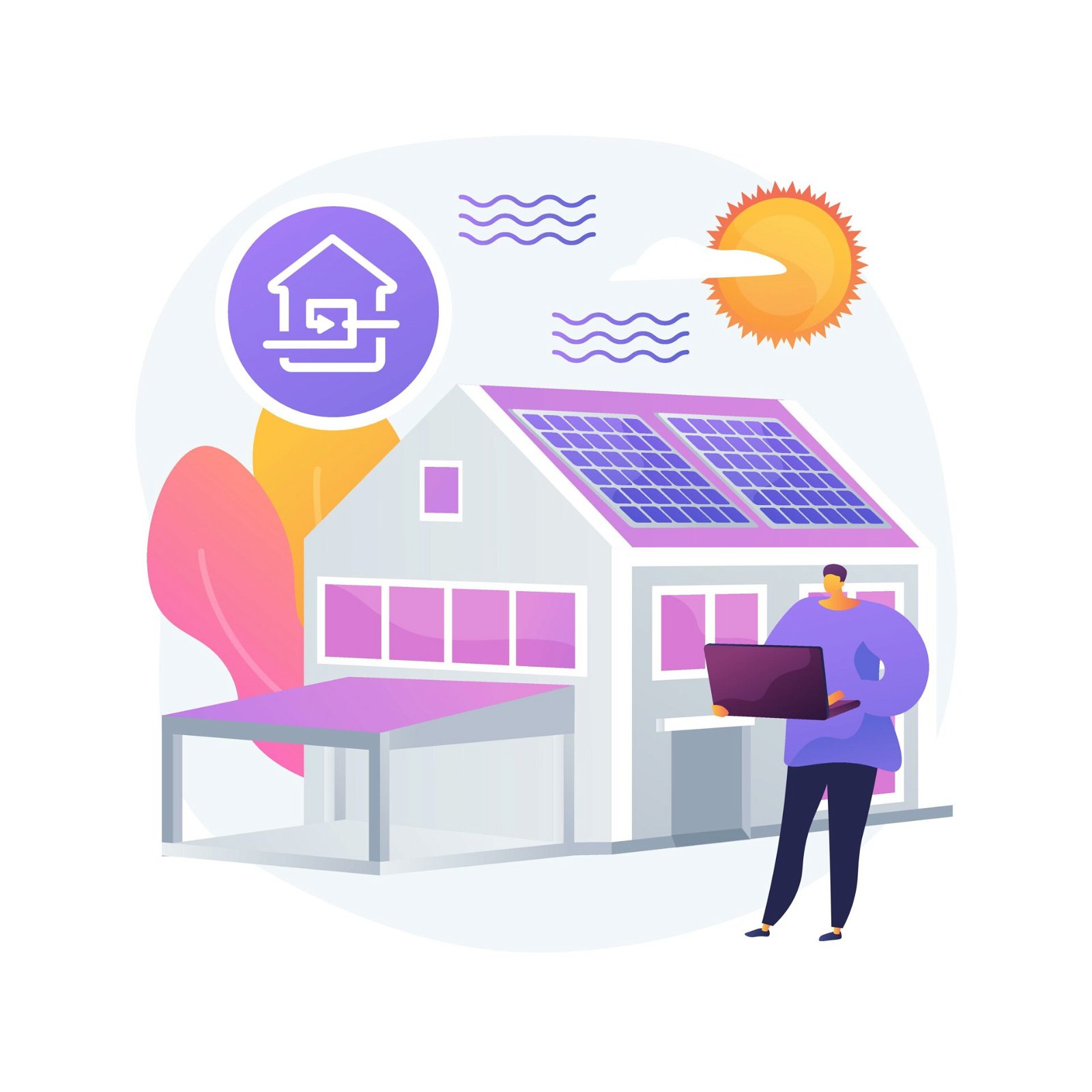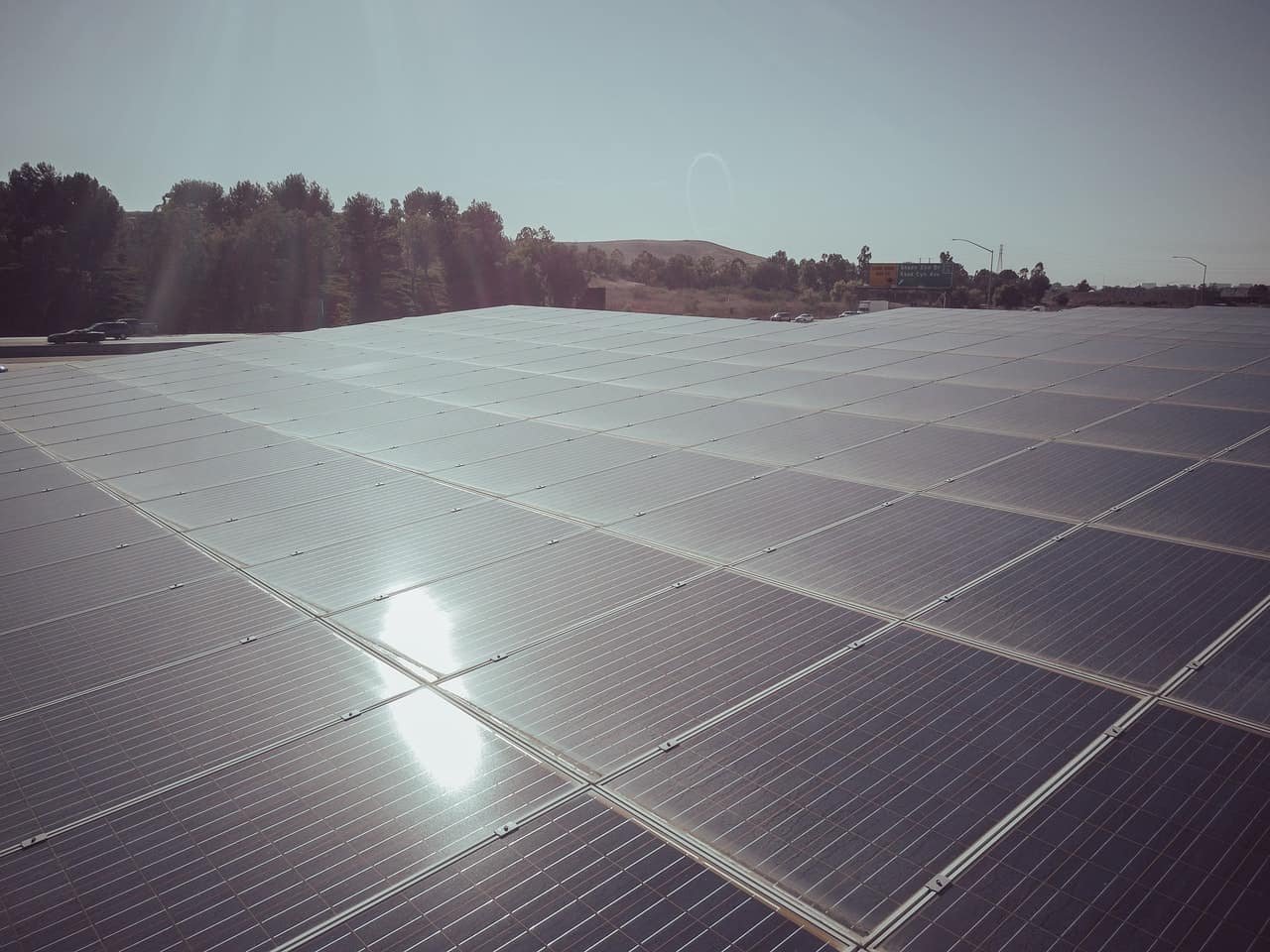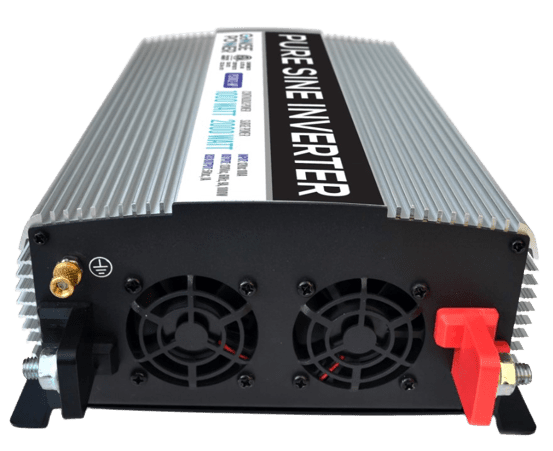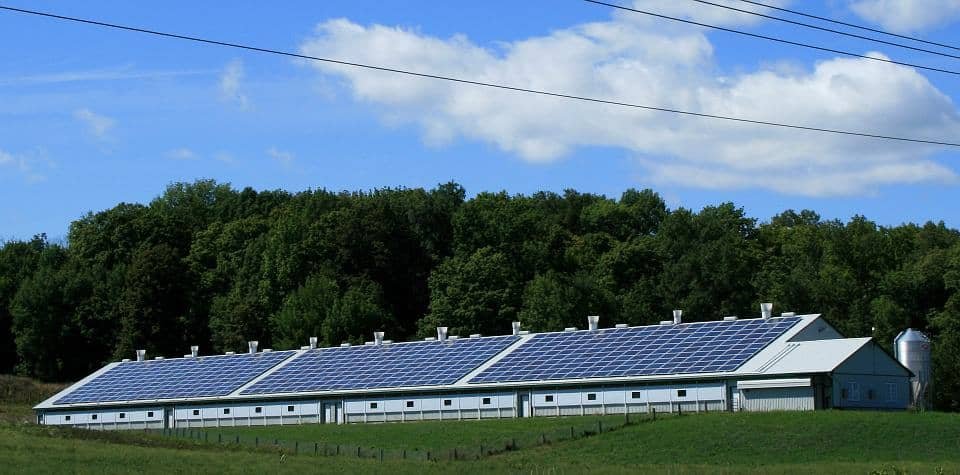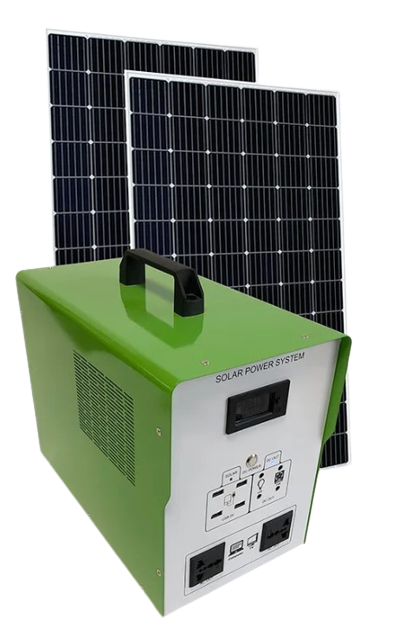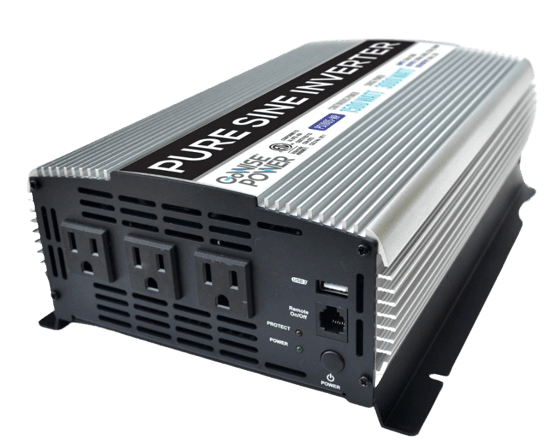When you are looking at solar, you may be wondering what the differences are between active and passive solar. The terms are thrown around a lot, but what do they actually mean? Overall, while sometimes the definitions can be a little confusing, they are pretty different, and it can be easy to tell the difference once you understand.
Let’s take a look at what exactly are active and passive solar, some examples of both, and which one might be best for you.
What Is Passive Solar?
Passive solar is the natural form of solar. It requires no additional parts to allow someone to get the benefits, like mechanical and electrical pieces. It is the things we notice naturally, such as how we get light from the sun, the way it warms up the ground, and how water that is in the sunlight is usually warmer than water in the shade.
These are things that happen naturally. People can design features to make the most of the solar, such as adjusting the way their house faces, adding windows in the south-facing walls to get the most natural light, using greenhouses to increase the heat for their plants, and putting their pool in a sunny area to keep it somewhat heated.
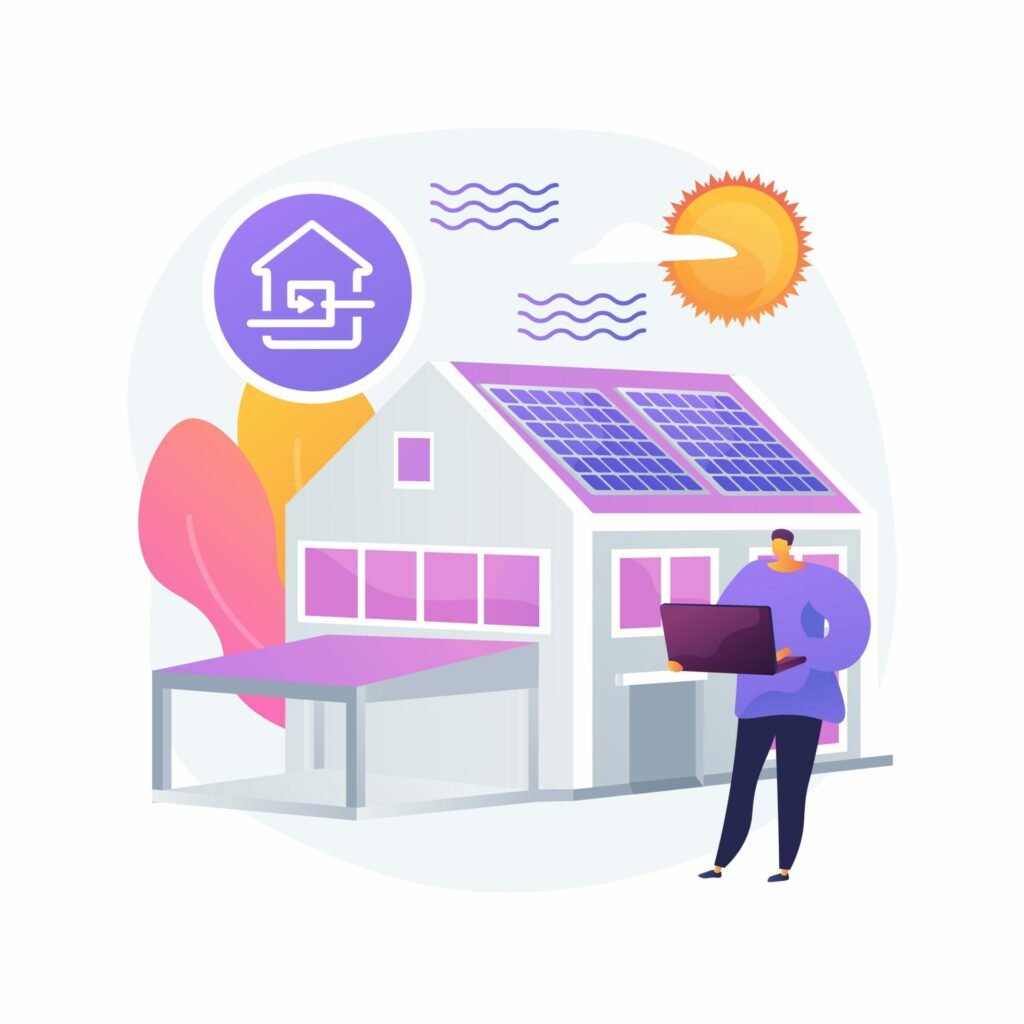
However, energy in this method can’t really be stored, and so people who solely use this method are more at the whim of the sun and weather than those that use active solar.
What Is Active Solar?
Active solar energy is the energy we actively store and use. When you put down solar panels, that is active solar because you are using something else to capture the energy from the sun, whether it is solar light or heat. Usually, the material you are using to capture energy from the sun is either mechanical or electrical in nature or a mix of both.
Essentially, it is a modified form of collecting energy whereas passive solar energy is a natural form of solar energy that occurs without any effort on our part.
Examples of active solar include solar panels, solar heating panels, and water heating tubes and tanks. Often, active solar heating is used to convert solar energy into electricity, heat up homes, heat water, and even heat outside pools.
Many people on active solar are still at the whims of the weather. For the mechanics and electrical systems to work, there has to actively be heat or light from the sun. However, you can get around that with batteries and storage systems to some degree.
Related Articles:
Is Passive or Active Solar Better for Me?
Before you decide if active or passive solar is better for you, it is a good idea to look at some of the pros of both styles.
Pros of Passive Solar
- It is free, or often a lot cheaper.
- No parts need to be bought or replaced later down the road, which means that once it is set up, it works forever.
- Can provide multiple benefits at once, such as heating or cooling your home and allowing you to grow plants.
- Greener than active solar in most cases, as you don’t have to buy anything that is eventually going to be disposed of, such as lithium batteries which are hard to mine the materials for and last ten years.
- Little to no installation is necessary.
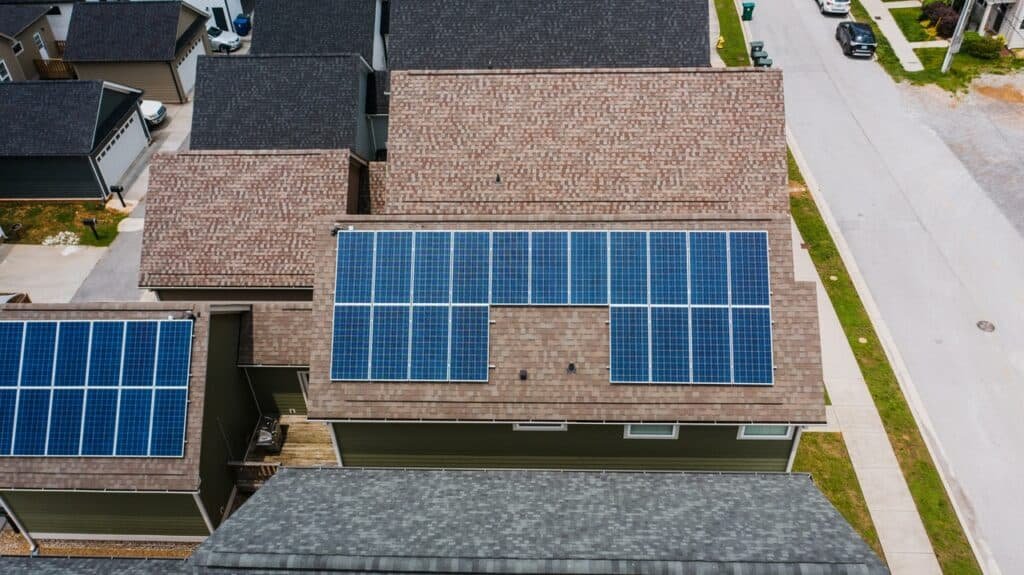
Pros of Active Solar
- Active solar is more beneficial for a wider range of people, as it can be used by renters and homeowners, and doesn’t involve changing up your home to do so.
- Active solar provides electricity, air heating, and water heating.
- Active solar can be stored for later use.
- It tends to be more feasible for colder climates than passive solar.
- You can save money and reduce your dependence on the grid with active solar.
- It is an easy way to reduce your dependence on the grid and harmful greenhouse gasses.
- When you have high-expense equipment in your home, like pools, lots of outdoor lights, or water features, using active solar can help offset a lot of the costs.
Since most people live in homes that were not designed with solar energy and power in mind, their homes are not designed to get the most benefits from passive solar. For that reason, most people living in pre-designed houses, especially in cities, would get the most benefit from active solar.
This allows them to get solar electricity and heating without having to completely redesign the home they are living in. Many areas have options for homeowners and renters to get solar power, and homeowners can install systems to help with solar heating.
However, if you are designing a home, or looking to live off-grid, a mix of both active solar and passive solar can be the best option. It allows you to get natural energy from the sun and allows you to store power and get extra heating for your home and water when you need it.
This works by designing your home so it faces the right direction. Usually, the rooms you want to be warmer like the living room or the bedrooms face south and get the most sunlight.
You can also add windows so the sunlight can come into the home focused on areas that get the most light, while the sides that get the least will often get fewer windows to prevent heat loss. Then, the kitchen is usually on the other side, so that it can warm up the rest of the house.
If you live in an area where it tends to get too hot, putting a greenhouse against the house facing south can help block a lot of the light and heat.
As you design the home, you can also install active solar. You can either build an array that is set somewhere on your property near your home where your solar panels can go, or you can install them on your home facing south.
If you are off-grid, you will likely want a battery backup system that allows you to continue to power and heat your home even when it is dark or cloudy.
So while, for most people, active solar may be the best option, there are ways to use both to your advantage. If you can design your home in the way you want, it is also a great idea to keep passive solar in mind as well so you can make the most of the natural energy from the sun and can rely less on active solar systems.
Citations
- Beautiful houseplants that also repel mosquitoes, cockroaches and other pests. (2022, June 16). Home Guides | SF Gate. https://homeguides.sfgate.com/houseplants-repel-mosquitoes-cockroaches-pests-13771627.html
- Pathak, R. (n.d.). What is Active solar energy? – Definition, Types, and Working | Analytics Steps. https://www.analyticssteps.com/blogs/what-active-solar-energy
- The Difference Between Active and Passive Solar Systems. (n.d.). https://www.yellowlite.com/blogs/the-difference-between-active-and-passive-solar-systems/
